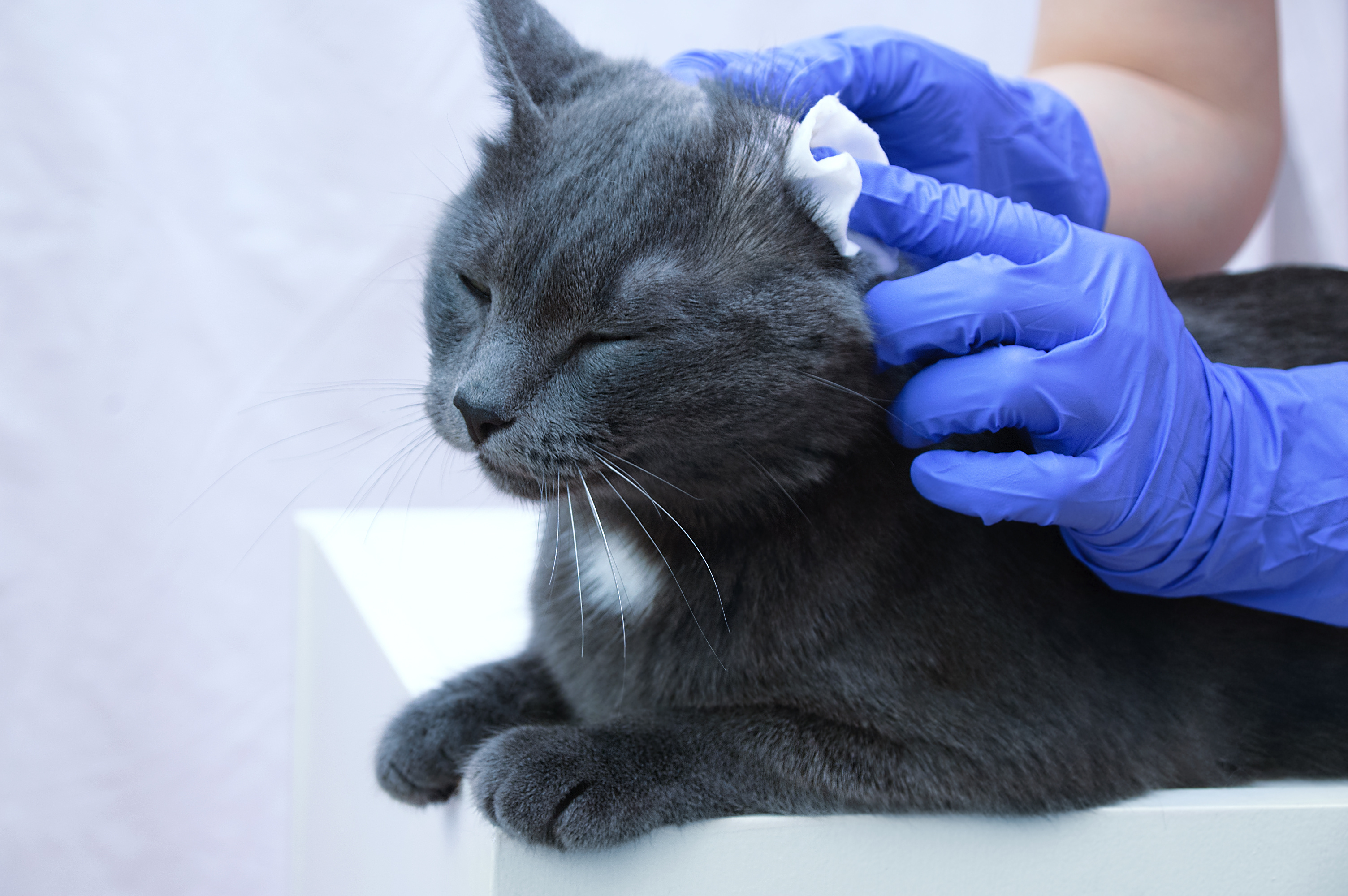
Ear Wax
If your dog or cat is shaking their head, scratching at their ears, or you’ve noticed a bad smell coming from their ears, ear wax buildup might be the cause. Ear wax, also known as cerumen, is completely normal—it protects your pet’s ears by trapping dirt and helping keep the ear canal healthy. But when there’s too much of it, it can lead to discomfort, irritation, or even infections.
What is Ear Wax and why do pets need it?
Cerumen is a waxy, water-resistant substance produced in the ear canal. It helps trap dust, debris, and even microbes—basically acting as the ear’s natural cleaning system.
However, some dogs and cats produce more ear wax than others, and in certain cases, it can build up and create problems.
Common Causes of Excessive Ear Wax in Pets
While a bit of wax is normal, too much can signal an underlying issue. Here are a few common causes of ear wax buildup in dogs and cats:
Breed Traits
Pets with floppy ears (like Cocker Spaniels or Basset Hounds) or narrow ear canals often get less air circulation, making them more prone to wax buildup and moisture.
Allergies
Just like humans, pets can have allergies to food or the environment, which can lead to inflammation in the ears and increased wax production. Pets with skin allergies often experience recurring ear issues.
Infections
Bacteria or yeast can thrive in warm, waxy environments. An overgrowth of Malassezia (a common yeast) is often linked to waxy, smelly ears—especially in allergy-prone dogs.
Ear Mites
In cats (and sometimes dogs), ear mites can lead to very dark, crumbly ear wax and a lot of scratching.
Foreign Objects or Growths
Grass seeds, dirt, or even growths in the ear canal can trap wax and prevent it from clearing out normally.
Signs of Excess Ear Wax or Ear Discomfort
You may notice these signs if your pet has ear irritation or wax buildup:
Frequent head shaking or persistent ear scratching can be a clear indication that your pet is experiencing discomfort or irritation in their ears. This behavior often signals that something is amiss, and it’s important to pay attention to these signs. Additionally, if your pet shows sensitivity when you touch their ears, it could mean they are experiencing pain or tenderness, which should not be ignored.
Look out for redness or swelling around the ear canal, as these are common symptoms of inflammation or infection. A smelly or dark-colored discharge is another warning sign.
If you notice wax buildup that is visible in the outer ear, it’s a sign that your pet’s ears need cleaning or professional attention. Lastly, trouble hearing or a lack of responsiveness to sound can indicate that the ear canal is blocked, affecting your pet’s ability to hear properly.
Ear Wax Cleaning
Cleaning your pet’s ears with a veterinarian-recommended ear cleaner can help manage wax buildup and maintain ear hygiene—especially for breeds prone to ear issues or pets with allergies.
- Look for ear cleaning products that:
- Gently soften and dissolve wax
- Help flush out debris
- Are non-irritating to the sensitive ear canal
- Support the natural balance in the ear
Tips for preventing Wax Buildup in pets
- Check your pet’s ears weekly for dirt, odor, or visible wax
- Use a gentle ear cleaner as recommended by your vet
- Dry ears after baths or swimming to prevent moisture buildup
- Manage allergies with the help of your vet if your pet is prone to recurring ear issues
- Schedule regular veterinary check-ups for early detection of ear problems
A little ear wax is healthy—but too much can be uncomfortable for your pet. With the right routine and products, you can help keep your dog or cat’s ears healthy.
